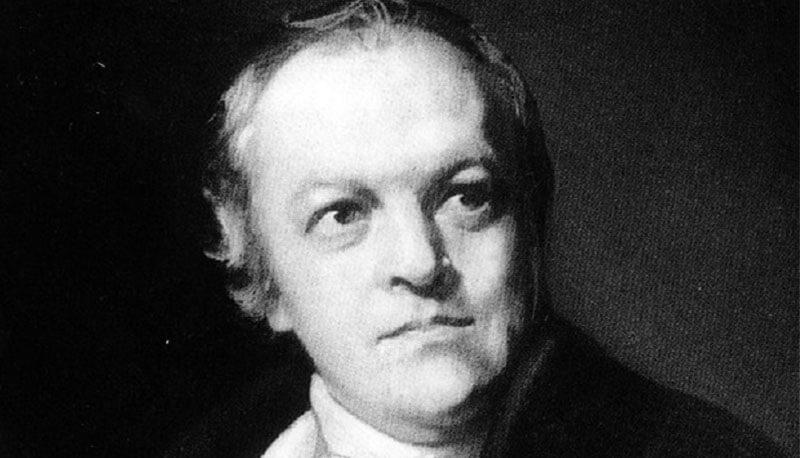Concetti Chiave
- The lamb is a metaphor for innocence and childhood, symbolizing happiness and freedom akin to children living in nature.
- Blake anticipates the French Revolution, emphasizing themes of brotherhood and the goodness of the countryside versus industrial society.
- The poem compares God, a lamb, and a child, all representing innocence, goodness, and purity, untouched by societal corruption.
- Symbolism is drawn from the image of Christ as the Lamb of God, highlighting themes of sacrifice and innocence.
- The lamb stands as both a real animal and a symbol of perfect innocence, set in a natural, untainted environment.
Metafora dell'innocenza
Just to the title we can understand that Blake spoke about the children. The lamb is a metaphor of innocent, childhood. It sounds like a sing-song, with rimes, simple and childlike. Easiness is made by the choice of the words.
The lamb is happy ‘cause it lives free and in the country, following its instinct: like children.
Simbolismo e rivoluzione
In the second part we have an anticipation of the French revolution: the brotherhood, country= good.
Human life is made up good and evil. The child sees only the good. The lamb is the symbol of the goodness à songs of innocent.
It is free and it is the symbol of the brotherhood à society before the industrial time.

There is a comparison: god was compared with the innocence of a lamb and child. They represent innocence, goodness, sweetness.
It could stand both as a real animal as a symbol of perfect innocence oh childhood. Real is caused by natural setting. The characters are pure not mixed with civil elements and corruption.
The symbolism is based on the image of Christ, the Lamb of God, who was personified in human child.
The three protagonists (lamb, god and child) have a common element. Sacrifice as lambs were traditionally used for sacrifice, as Christ, son of God, he was sacrificed and children were innocent victim of the society.

Piccolo agnello, chi ti ha creato?
Tu sai chi ti ha creato?
Ti ha dato la vita e ti ha detto di mangiare
Presso le correnti e sopra i prati
Ti ha dato abiti di piacere
I più soffici possibili, di lana, luminosi;
ti ha dato una voce così tenera,
che fa risuonare tutte le valli?
Piccolo agnello, chi ti ha creato?
Tu sai chi ti ha creato?
Piccolo agnello te lo dico io
Piccolo agnello te lo dico io
Egli si chiama col tuo nome
Perché lui stesso si chiama agnello
Egli è docile e è mansueto
È diventato un bimbo
Noi ci chiamiamo col suo nome
Piccolo agnello, Dio ti benedica!
Piccolo agnello, Dio ti benedica!
Domande da interrogazione
- Qual è il significato del simbolismo dell'agnello nel testo di William Blake?
- Come viene rappresentata la vita umana nel testo?
- Qual è il legame tra l'agnello, Dio e il bambino nel testo?
L'agnello simboleggia l'innocenza e la bontà, rappresentando l'infanzia e la purezza, simile a Cristo, l'Agnello di Dio, e ai bambini, che sono vittime innocenti della società.
La vita umana è descritta come composta da bene e male, ma il bambino vede solo il bene, con l'agnello che rappresenta la bontà e la fratellanza prima dell'era industriale.
L'agnello, Dio e il bambino condividono l'elemento comune dell'innocenza e del sacrificio, con l'agnello e Cristo che sono simboli di sacrificio e i bambini vittime innocenti della società.







 Accedi a tutti gli appunti
Accedi a tutti gli appunti
 Tutor AI: studia meglio e in meno tempo
Tutor AI: studia meglio e in meno tempo